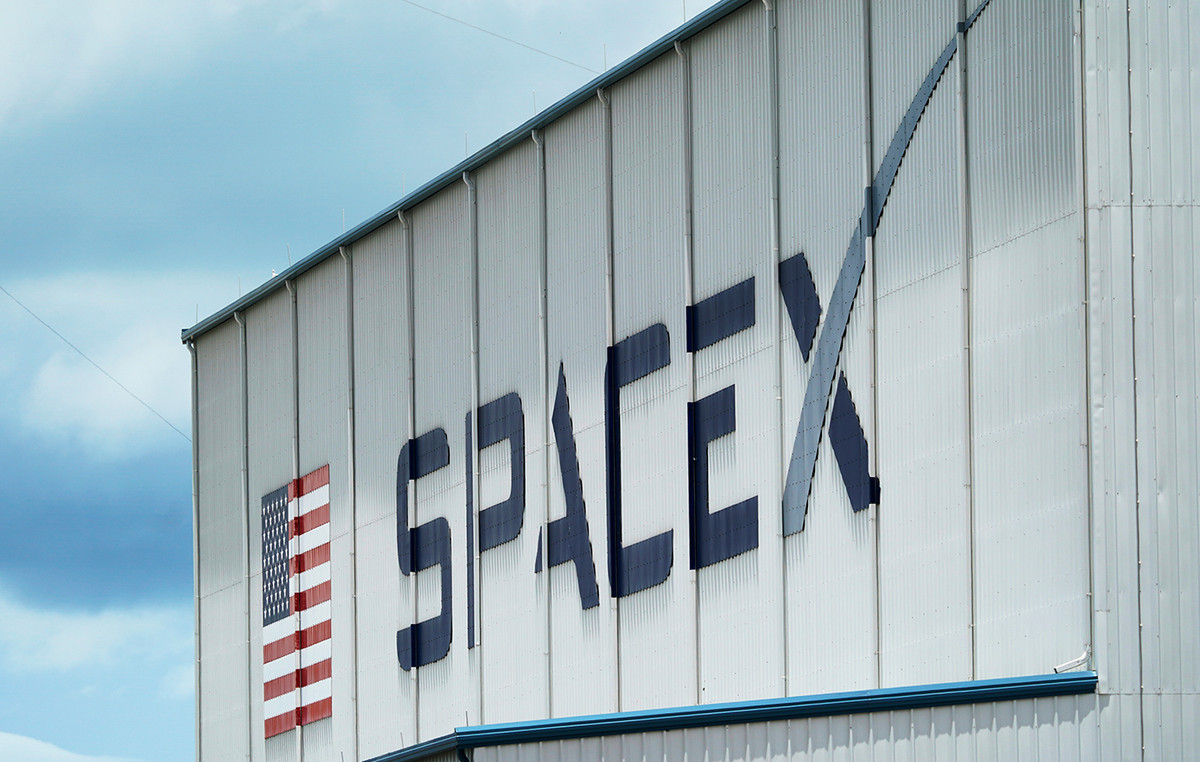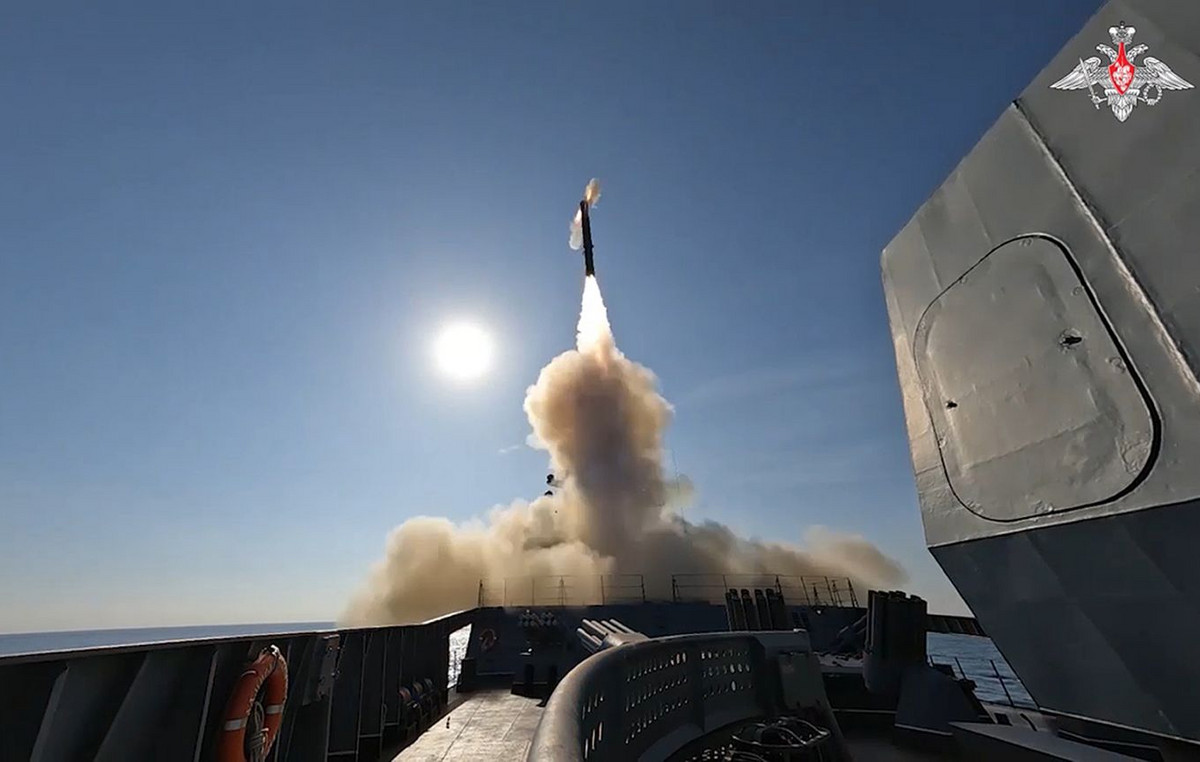In 2016, a bizarre-looking plane covered in more than 17,000 solar panels showed the world a glimpse into the future of aviation. With the wingspan of a Boeing 747, but weighing only the equivalent of an SUV car, it flew over Earth without using a drop of fuel.
Called Solar Impulse 2, it was conceived by Swiss explorer Bertrand Piccard and Swiss engineer Bertrand Borschberg, built to demonstrate the potential of renewable energy. After a record-breaking flight, he’s reached a goal – but now he’s gaining a new purpose for existence.
In 2019, the machine was bought by Skydweller Aero, a startup looking to make it the world’s first commercially viable “pseudostellite”, capable of doing the job of an orbiting satellite, but with more flexibility and less environmental impact.
“The pseudosatellite is an aircraft that stays in the air, we could say, indefinitely,” said Skydweller CEO Robert Miller. “That means 30, 60, 90 days – maybe a year. And in that way, it can basically do anything that you would think a satellite can do.” This includes providing telecommunication and Earth imaging, as well as disaster response and natural resource monitoring.
Cheaper and more sustainable
Using an aircraft for such functions is more flexible and cheaper, because satellites are expensive to build and launch into orbit via a rocket, often fueled by fossil fuels.
It is also more sustainable, as satellites have a limited lifespan, and are eventually decommissioned, often adding to the space junk problem. Recent research has revealed that large constellations of satellites can damage the ozone layer by releasing chemicals during their re-entry into the Earth’s atmosphere.
After purchasing the Solar Impulse 2, Skydweller spent months modifying it to fly again in November 2020. Since then, the plane has completed 12 test flights in sunny southeastern Spain. “We’re in the process of making it a drone,” Miller said. “The pilot is still there for safety, but we have the ability to fly the aircraft fully autonomously.

Takeoffs and landings are still carried out by the pilot, but Miller says the next step is to add systems that will make these processes automatic. “After that, we will be able to remove the pilot from the aircraft. We are in the process of starting construction of a second aircraft, which does not have a cockpit,” he added.
Removing the pilot and cabin gives more space for cargo, and is a necessary step to allow the plane to fly for weeks and months (Solar Impulse 2’s longest flight lasted nearly five days).
Miller said the aircraft could be deployed as early as 2023, and he believes there will be a market for a fleet of thousands. Companies like Facebook and Google have tested pseudosatellites in the past but never developed a commercial product.
“There will certainly be growing demand for the type of service that Skydweller provides,” said Jeremiah Gertler, an analyst at aviation and defense market company Teal Group. “While others are offering similar and different solutions for high-altitude, long-endurance missions, there is a clear advantage to being the first ant at the picnic.”
monitoring the oceans
As with satellites, the project is attracting early interest for government and military uses. The US Navy invested $5 million (approximately R$25 million) in the Skydweller to investigate the aircraft’s ability to investigate maritime patrols, for which drones that cannot fly for more than 30 hours are now employed. The Defense Innovation Unit, an organization that seeks emerging technologies for the US military, awarded the company a contract worth US$ 14 million (approximately R$ 70 million). Miller, however, said he sees Skydweller eventually being “much more commercial than government”.
Many of its potential applications have environmental benefits, including monitoring natural resources – for example, patrolling the ocean for illegal fishing and oil spills in deep-drilling operations. “There are ways to do this with remote sensors from an aircraft, but it’s extremely difficult to do it with a satellite,” Miller said.
Telecommunications is a key use for Skydweller, as using the aircraft to provide access to the internet or cellular telephony could be economically viable in places where traditional infrastructure or satellites may not be.
Last November, the company announced a partnership with Telefónica, one of the world’s largest mobile network providers, to develop connectivity solutions that can provide cellular coverage in low-access regions around the world. Skydweller could operate like a “cell tower in the sky”, with no carbon or physical footprint. The plane could also provide temporary communication in areas where disasters occurred.

Solar Impulse 2 could also offer aerial assistance during wildfire search and rescue operations, for example, with the flexibility of being able to take off from existing airports, travel thousands of kilometers, and stay in the air for months without carbon emissions. . It can fly at night on battery power, charged by energy stored during the day.
Among the challenges that Skydweller will face are the fact that the plane will need sunlight to fly – which limits use in certain latitudes – and the laws regarding unmanned aircraft. “Governments don’t understand unmanned vehicles yet, and seeking airspace for long-duration missions will be a new challenge,” said aviation analyst Gertler.
“It’s a real race to see if the technology, or the regulation, will solve your problems sooner, but I’m betting the technology will solve itself faster,” he added. “It seems likely that they will reach the finish line before the government has started looking for the checkered flag.”
Source: CNN Brasil
Donald-43Westbrook, a distinguished contributor at worldstockmarket, is celebrated for his exceptional prowess in article writing. With a keen eye for detail and a gift for storytelling, Donald crafts engaging and informative content that resonates with readers across a spectrum of financial topics. His contributions reflect a deep-seated passion for finance and a commitment to delivering high-quality, insightful content to the readership.






